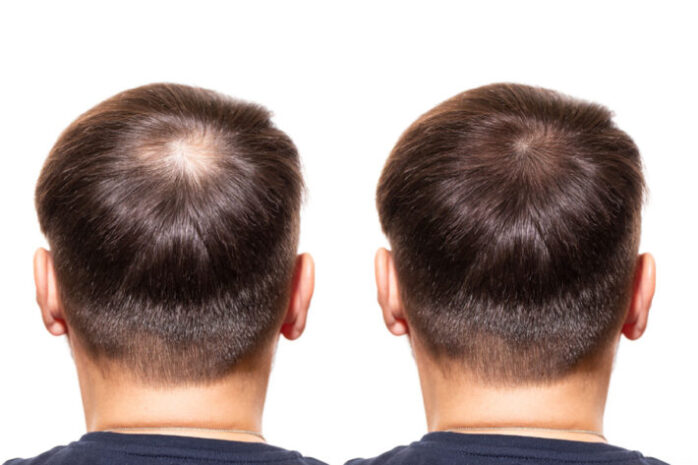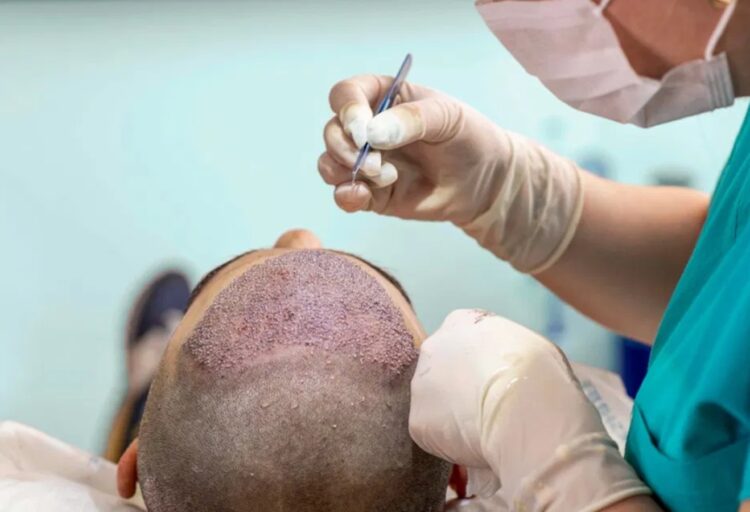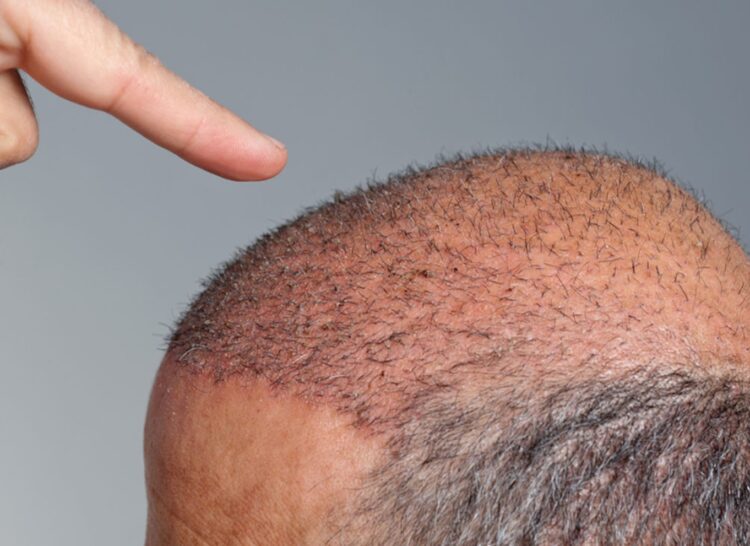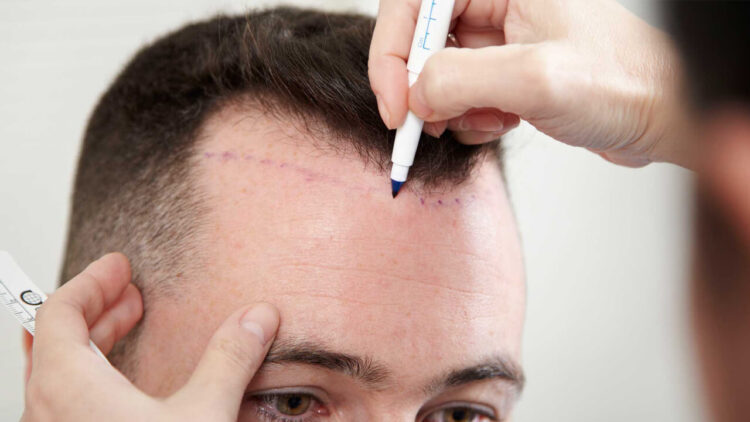
Can you reverse a hair transplant? In this article, we will explore if you can or cannot reverse a hair transplant. Hair loss is one of the most common problems that affect many people. So, hair transplant surgery has become a popular solution for those looking to restore their hairline. The Hair Transplant Malaysia offers professional hair transplant in Malaysia. But, as with any surgical procedure, there may be instances where a patient wishes to reverse their hair transplant.

What is a Hair Transplant?
A hair transplant is a surgical procedure that involves the removal of hair follicles from one area of the body and transplanting them to another. This is done from the back of the head, and transplanting them to another area where hair growth is desired. The procedure is typically performed under local anesthesia. This can also take several hours to complete.
There are two primary methods for performing a hair transplant. It is the Follicular Unit Transplantation (FUT) and Follicular Unit Extraction (FUE). FUT or Follicular Unit Transplantation involves removing a strip of scalp from the donor area. FUE or Follicular Unit Extraction is done by extracting individual hair follicles from the donor area.

Can a Hair Transplant be Reversed?
The short answer is that it is technically possible to reverse a hair transplant, but it is not recommended. The reason for this is that hair transplant surgery involves the removal of healthy hair follicles from the donor area. From the back of the scalp, and transplanted to the recipient area, where hair loss has occurred.
Reversing the transplant would involve removing these transplanted follicles. Then, placing them back in the donor. This process is not only time-consuming and expensive but also carries the risk of damaging the hair follicles.
One of the main reasons why people may consider reversing a hair transplant is because they are unhappy with the results. Hair transplant surgery is a complex procedure. It requires careful planning, precision, and skill. Even with the most experienced surgeons, there is always a risk of complications, such as scarring, infection, and poor growth. In some cases, the transplanted hair may not grow as expected, resulting in an unnatural or uneven appearance.
It is necessary to note that hair transplant surgery is not a one-time solution. It is a long-term process that requires patience and commitment to achieve the desired results. Hair growth can take up to a year or more to fully mature and even require maintenance treatments to maintain its appearance. This is the reason why it is crucial to have realistic expectations. Also, it is important to communicate openly with your surgeon about your goals and concerns.
If you are unhappy with the results of your hair transplant, it is best to discuss your concerns with your surgeon first. They may be able to recommend additional treatments like PRP therapy or laser hair therapy. This is to promote hair growth and improve the overall appearance of the transplant.
If you are still dissatisfied with the results, your surgeon may recommend a revision surgery to correct any issues. However, it is crucial to wait at least a year after the initial surgery. This is to allow the hair follicles to fully mature before considering revision surgery.
Another reason why people may consider reversing a hair transplant is that they experience donor site depletion. Donor site depletion occurs when too many hair follicles are harvested from the donor area. It will result in visible thinning or scarring. While this is a rare complication, it can occur if the surgeon removes too many grafts or if the donor area is not large enough to support the transplant.
In this case, the only solution may be to reverse the transplant. It is done by removing some of the transplanted hair follicles and placing them back in the donor area. However, this process can be complicated and risky. It may also not be possible to fully restore the donor area to its original appearance.

What are the Risks of Reversing a Hair Transplant?
Like any surgical procedure, there are risks associated with reversing a hair transplant. One of the most significant risks is scarring. Removing the transplanted hair follicles can result in scarring on the scalp. This can also be unsightly and difficult to conceal.
In addition to scarring, there is also the risk of infection and bleeding during the graft excision procedure. Patients may also experience pain and discomfort during the procedure. Then patients will experience swelling and bruising in the days following the surgery.
Another risk associated with reversing a hair transplant is that the procedure may not be successful. In some cases, the transplanted hair may be too firmly anchored in the scalp to be easily removed. The quality of the donor’s hair may not be sufficient enough to achieve a natural-looking result.
Is Reversing a Hair Transplant Worth it?
Whether or not reversing a hair transplant is worth it will depend on several factors. This includes the reason for wanting to reverse the procedure and the potential risks and benefits of the reversal.
For some patients, reversing a hair transplant may be worth it. It is either they are unhappy with the results of the initial procedure or they experience complications.

Conclusion
In conclusion, while it is technically possible to reverse a hair transplant, it is not recommended. Reversing the transplant can be a complicated and risky process that may not fully restore the hair or the donor area to its original appearance. If you are unhappy with the results of your hair transplant, it is best to discuss your concerns with your surgeon and explore other options, such as additional treatments or revision surgery. It is also important to have realistic expectations and to understand that hair transplant surgery is a long-term process that requires patience and commitment to achieve the desired results.
In addition, it is worth noting that the success of a hair transplant procedure depends on many factors, including the quality of the hair follicles, the skill of the surgeon, and the individual’s ability to follow post-operative care instructions. Choosing a qualified and experienced surgeon and following all post-operative care instructions is essential to achieving the best possible results from a hair transplant procedure.











